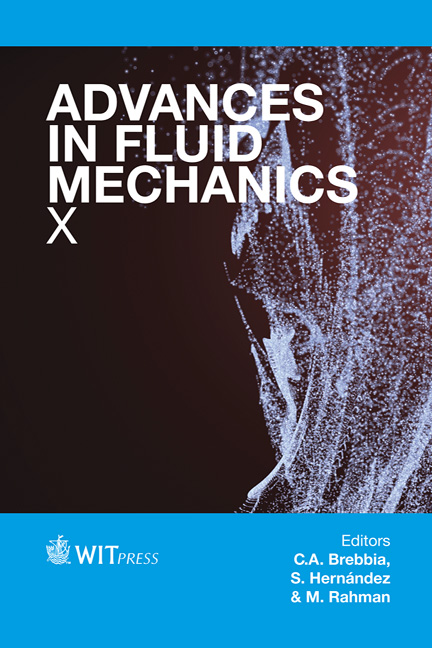Application Of A Cooling Tower Model For Optimizing Energy Use
Price
Free (open access)
Transaction
Volume
82
Pages
8
Page Range
305 - 312
Published
2014
Size
557 kb
Paper DOI
10.2495/AFM140261
Copyright
WIT Press
Author(s)
G. C. O’Mary & D. F. Dyer
Abstract
The overall objective of this paper is to develop and demonstrate a cooling tower model that allows any user to optimize energy use in the operation of an induced draft cooling tower. The objective is achieved by application of a theoretical model for the performance of a cooling tower. The model allows the determination of the exit cooling tower water temperature given the environmental conditions and tower design data and predicts fan energy use for both two-speed and variable speed fans. For validation, the model was applied to a cooling tower located at Russell Medical Center (RMC) in Alexander City, Alabama USA. The model results are compared with actual data from this tower and show excellent correlation. The verified model is then used to study two potential energy savings measures in the operation of a cooling tower as follows: (1) The actual potential savings at RMC through upgrading from a two-speed fan to a variable speed fan, and (2) Determining the optimum fan speed for the RMC cooling tower using a variable speed fan for a practical range of environmental conditions. Two overall conclusions are presented. First, a practical model that any user can apply in determining optimum operating conditions and potential energy savings for cooling towers is presented and verified. Second, the results applied to the specific cooling tower and HVAC system at RMC show significant savings in going from a two-speed fan to a variable speed fan, and optimum fan speed for minimum total energy consumption is not the maximum fan speed for most situations. Thus, it is demonstrated that the model presented is an excellent tool to allow operators to run an HVAC system efficiently and can serve as the basis for a control system that automatically operates the HVAC system at optimum conditions under various environmental conditions. Keywords: cooling towers, energy conservation, HVAC, heat and mass transfer.
Keywords
cooling towers, energy conservation, HVAC, heat and mass transfer.





